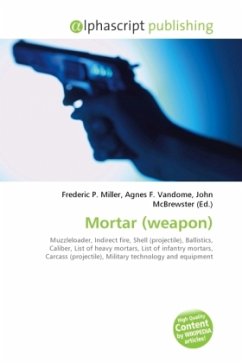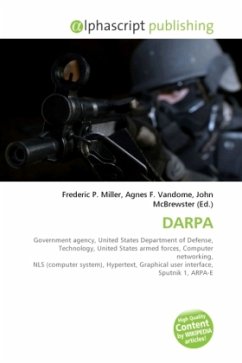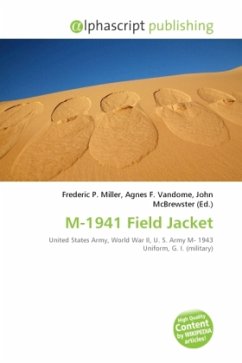
Chemical Weapon Designation
Versandkostenfrei!
Versandfertig in 6-10 Tagen
32,99 €
inkl. MwSt.

PAYBACK Punkte
16 °P sammeln!
High Quality Content by WIKIPEDIA articles! Chemical, biological, and radiological warfare agents are sometimes assigned what is termed a military symbol. Military symbols evolved out of the First World War from the British in part for secrecy, and to simplify reference to chemicals by something other than a chemical name. These symbols are sometimes applied as marking on weapons to indicate the agent contents. Military symbols constantly change and have transitory definitions. For example, mustard gas was assigned the military symbol originally HS for "Hun Stuff". Later in the First World War...
High Quality Content by WIKIPEDIA articles! Chemical, biological, and radiological warfare agents are sometimes assigned what is termed a military symbol. Military symbols evolved out of the First World War from the British in part for secrecy, and to simplify reference to chemicals by something other than a chemical name. These symbols are sometimes applied as marking on weapons to indicate the agent contents. Military symbols constantly change and have transitory definitions. For example, mustard gas was assigned the military symbol originally HS for "Hun Stuff". Later in the First World War the S in HS signified mustard gas that had about 25% solvent added to it. This was only in England, as HS was adopted as the military symbol by the United States - signifying crude mustard. In the Second World War the purity of mustard gas was improved through distillation, and this purified chemical warfare agent was designated HD. When it was mixed with a thickener, it was given the symbol HV. Today mustard gas is indicated by the single capital letter H, but HD is still in common use.












